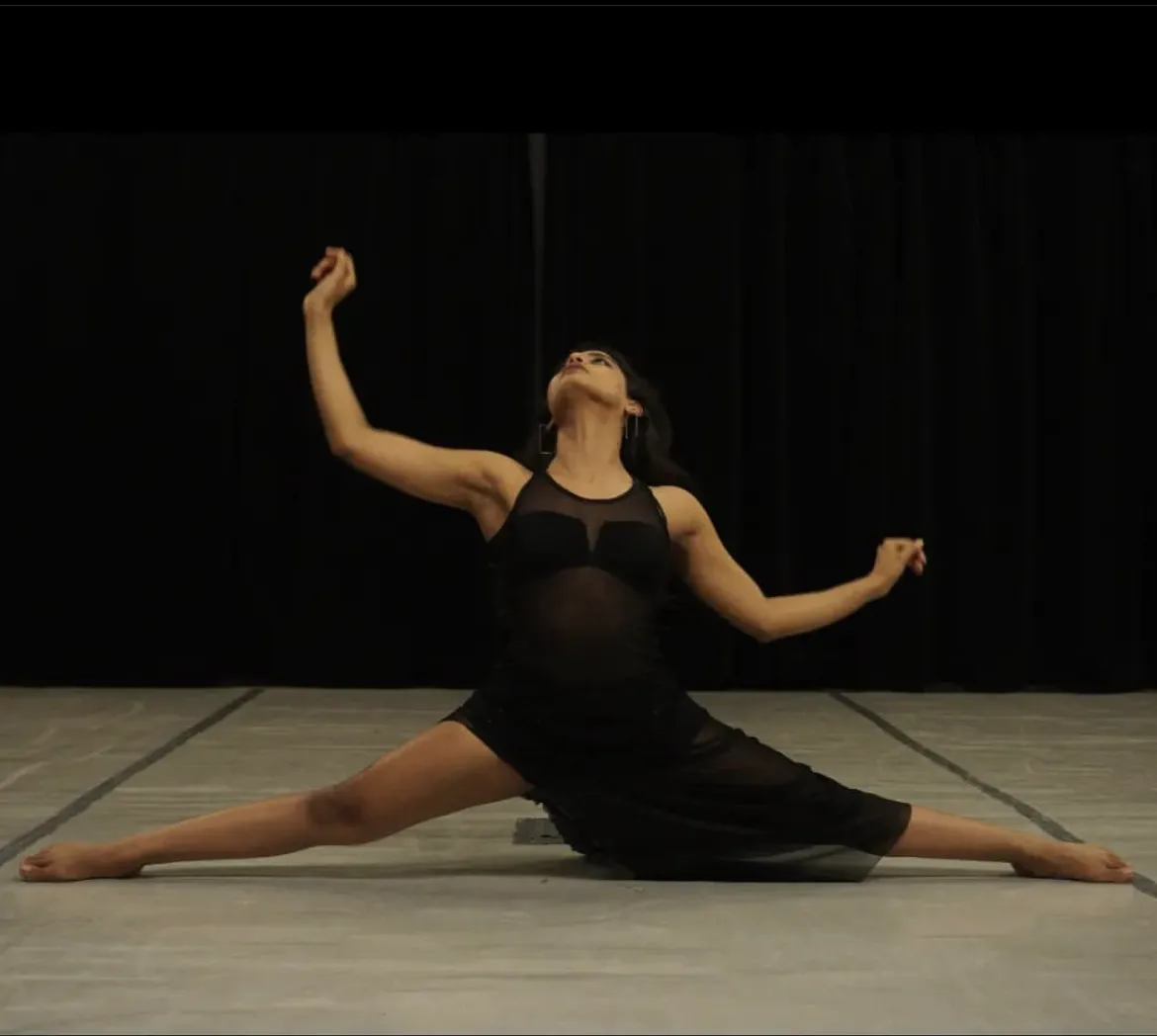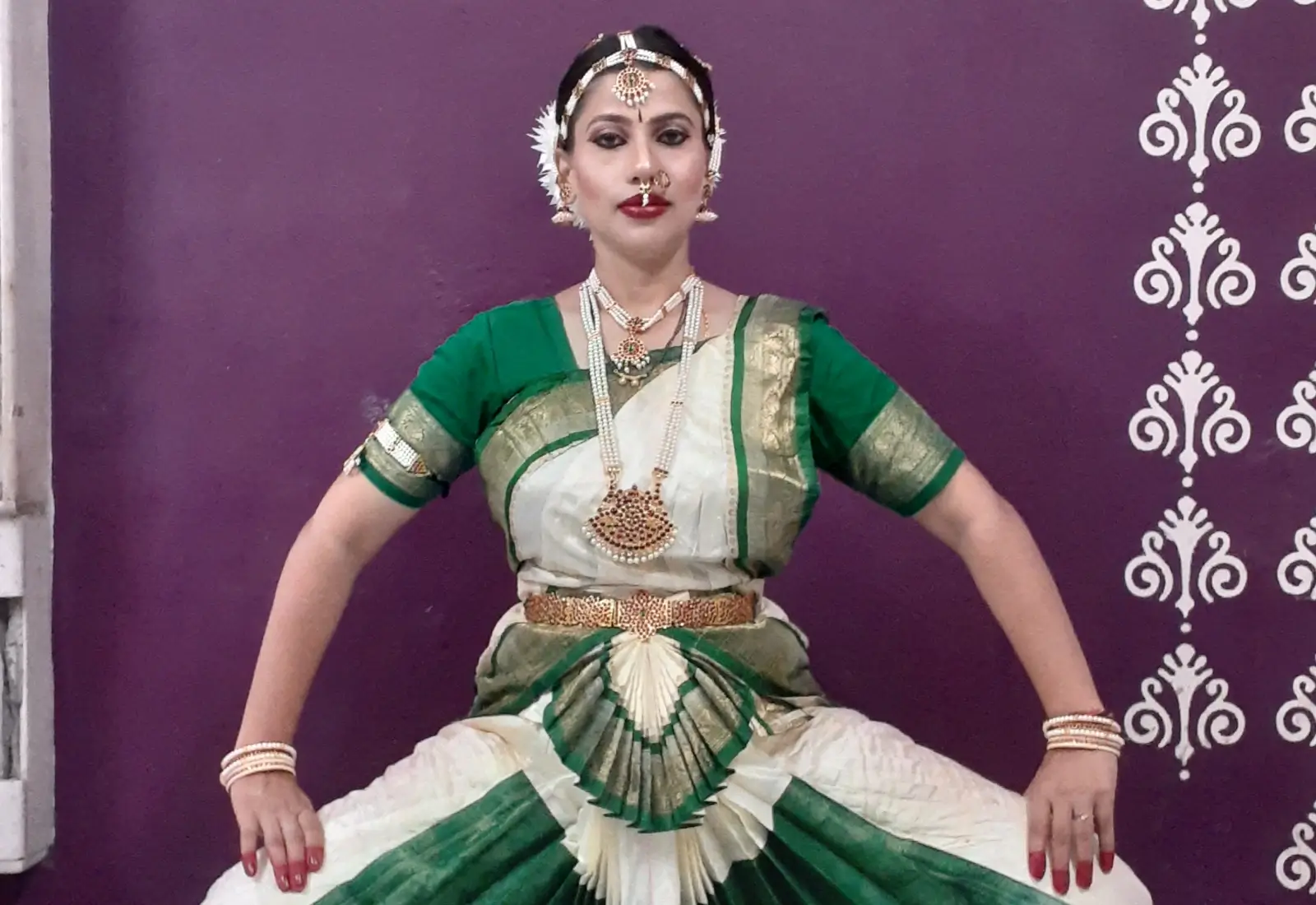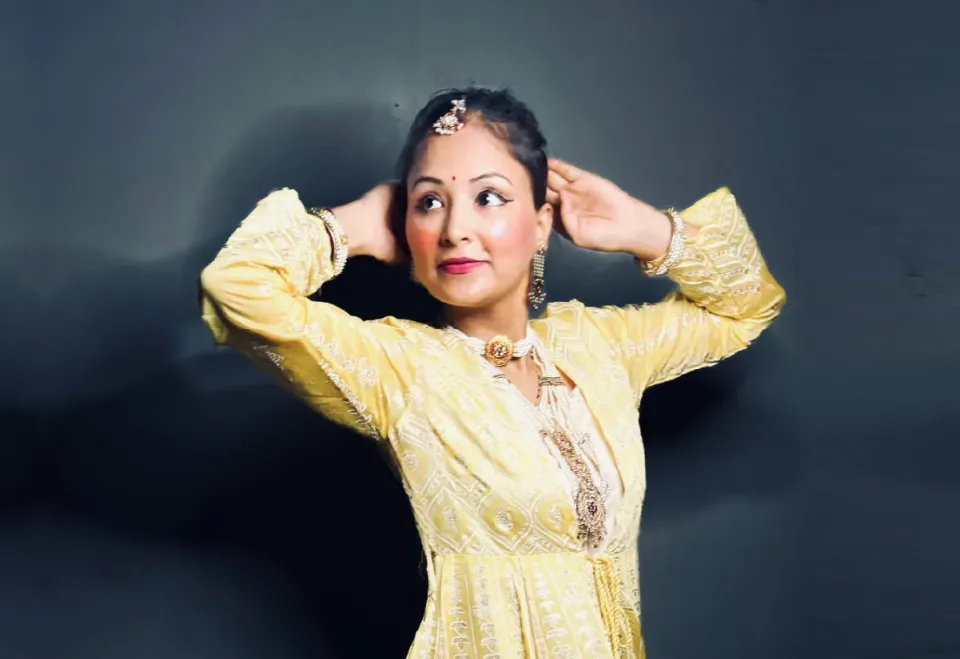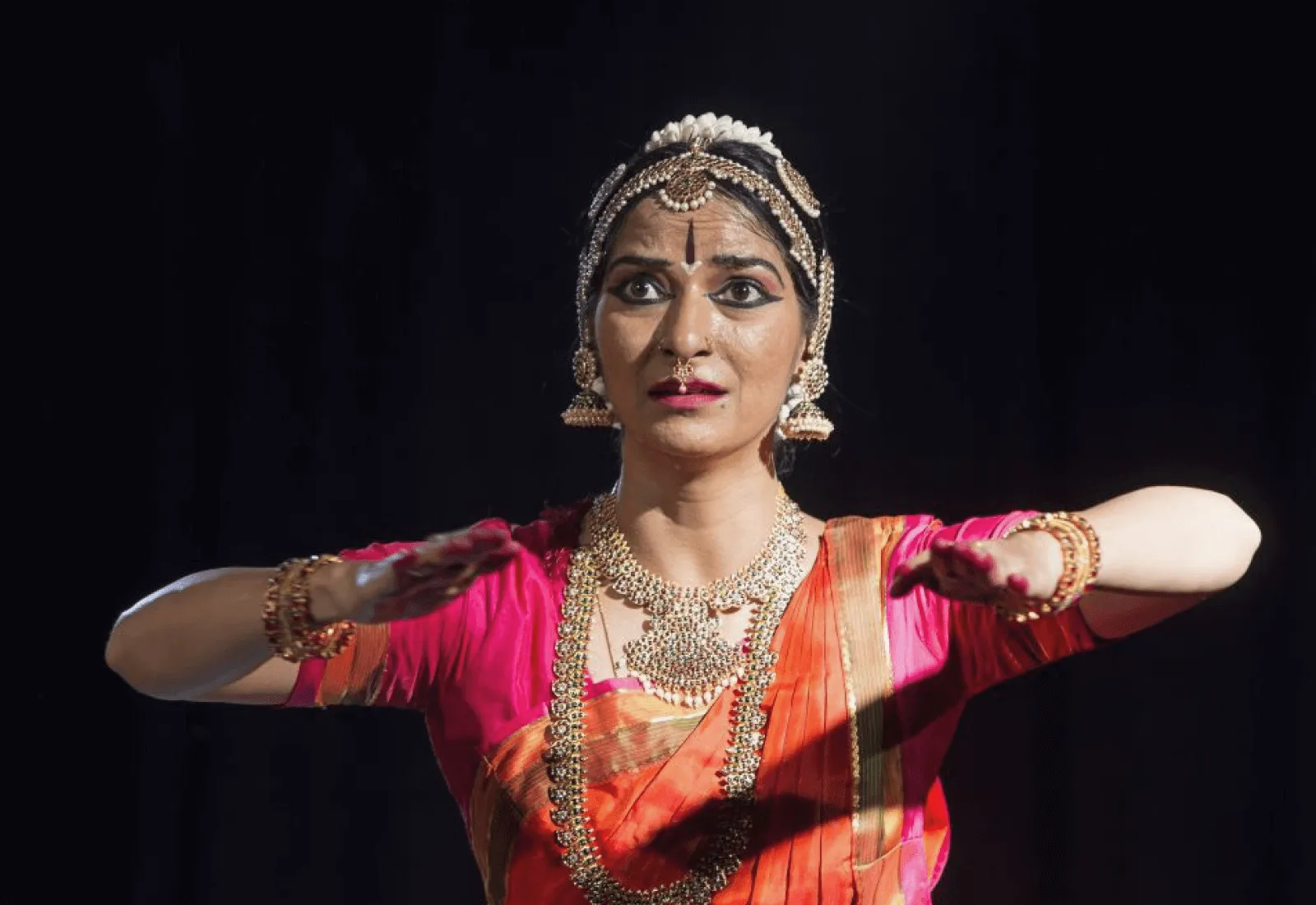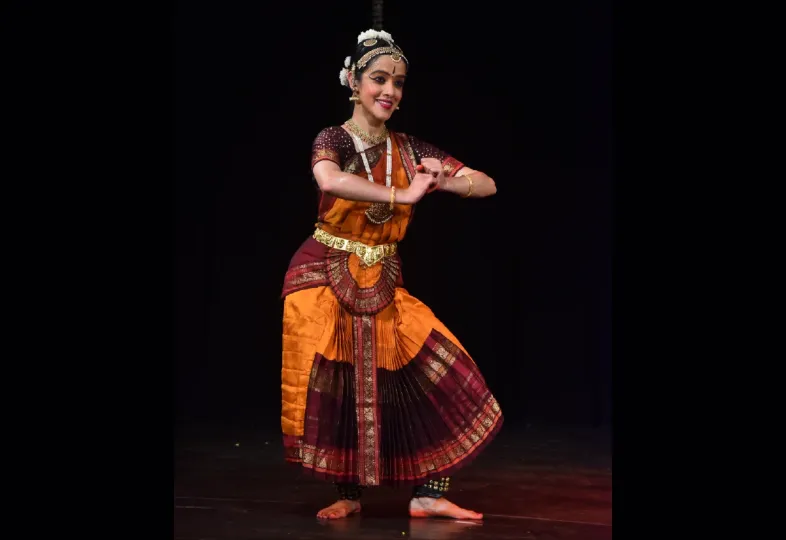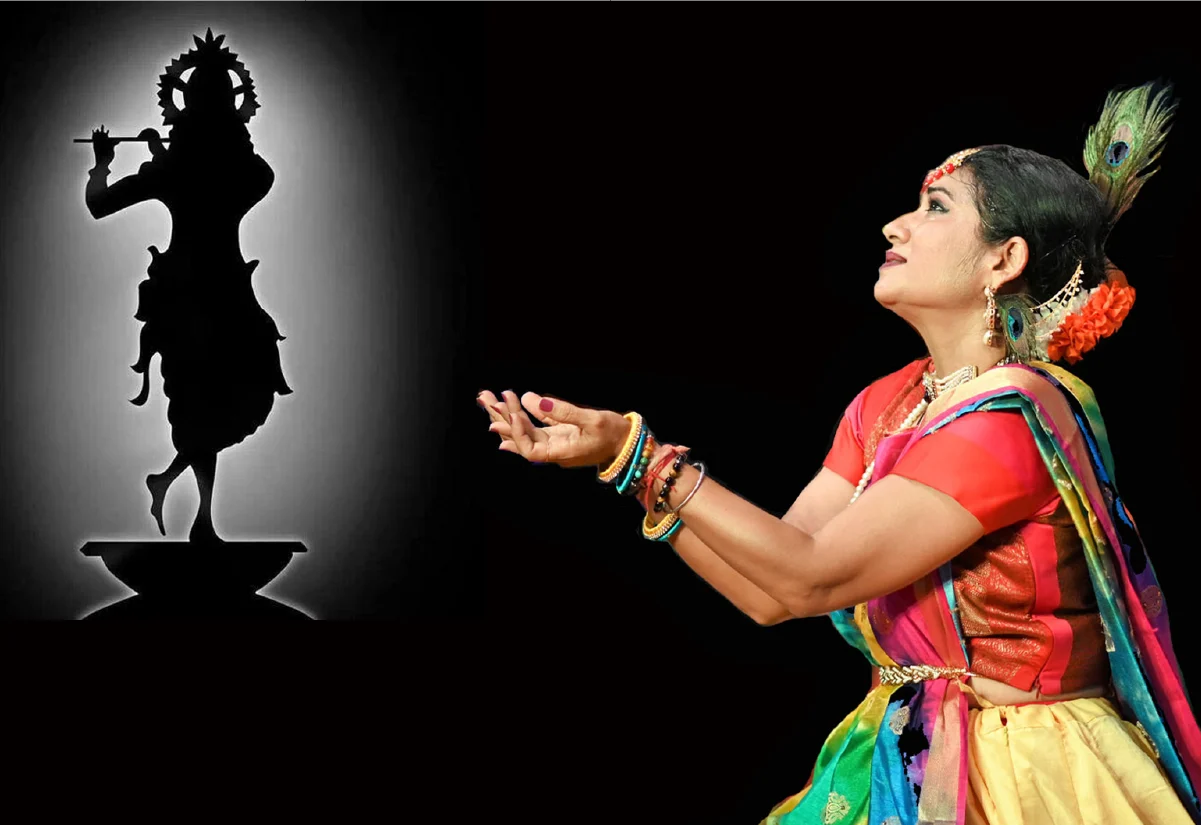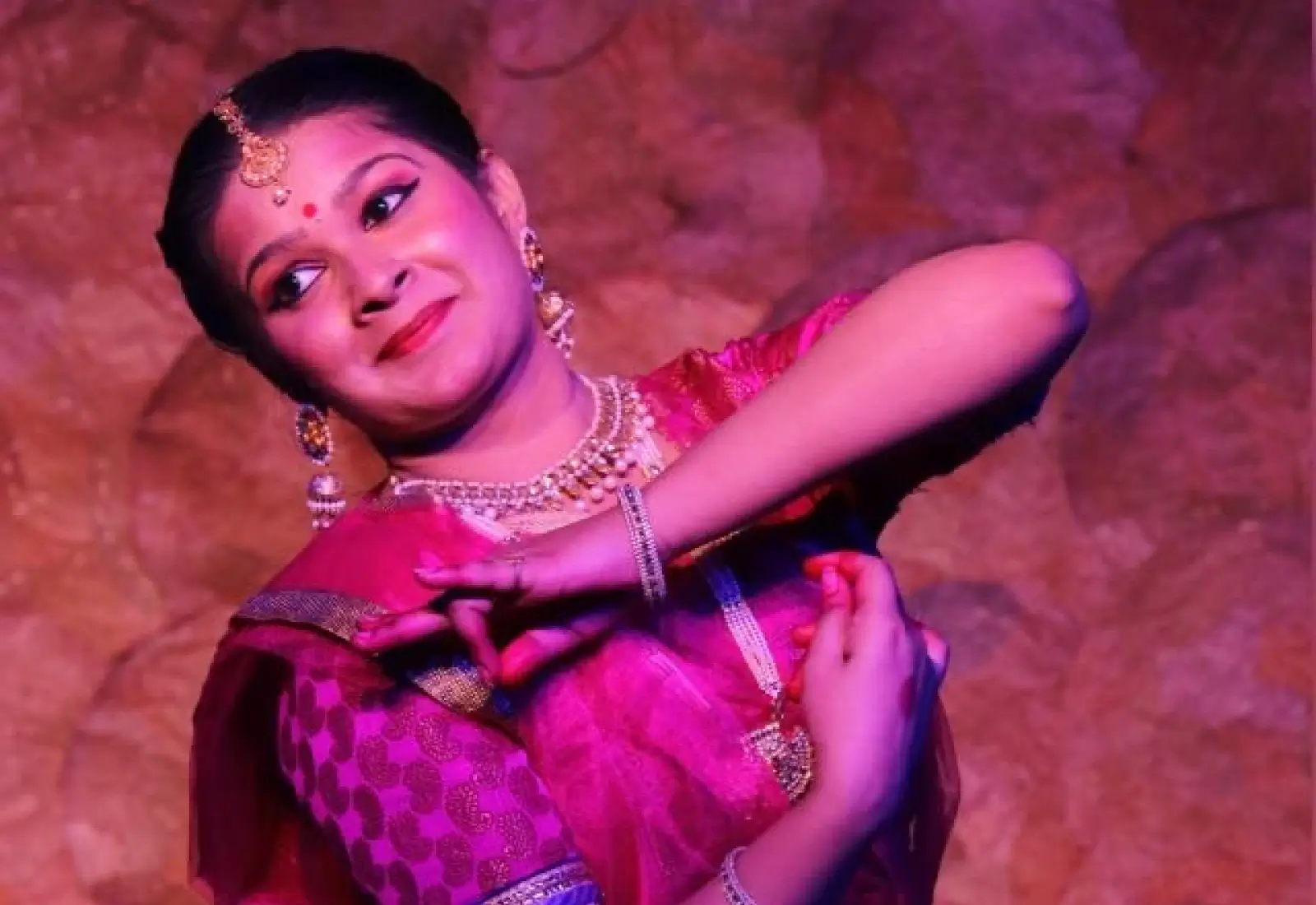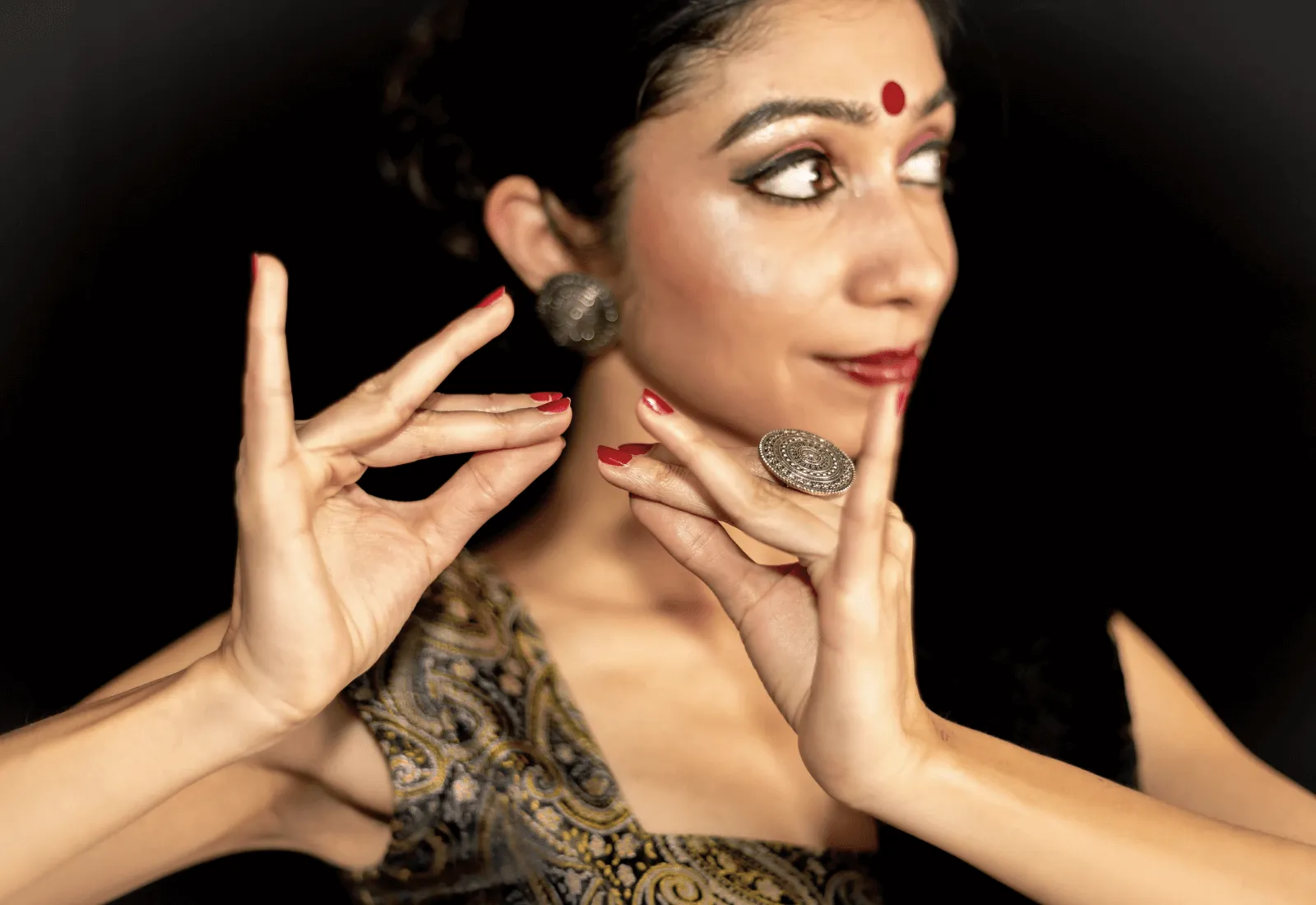Swing Dance and 4 Major Forms of Jazz Dance
A rock back and a swing ahead,
A quick three steps and never miss a beat,
And dance to the rhythm of the eight-count Swing!
That’s the essence of swing dance. It is one of the most lively and energetic Jazz dance styles. The Jazz culture has an enigma that has kept generations of music and dance enthusiasts enthralled by its beats, music, and dance moves. It has influenced the works of several music composers and choreographers across the globe. The dominance of saxophones that defines the music scores of countless movies, the half-seated twists, and the graceful swings - Jazz is a style and a habit that die hard for people who have a taste for it.
Jazz dance started shaping up as a part of the Jazz culture in 1920 and continues to evolve. It integrates elements from African, Caribbean, Latin, and European dance traditions, showcasing the cultural melting pot.
When it comes to talking about the Jazz dance style - there are many. Some even collide with each other in styles. In this article, we have listed out five styles that best define Jazz dance. Some of these are identified as Jazz dance styles while some are influences. Some are even linked with Jazz culture perhaps because they used Jazz music. Nevertheless, they are a part of the Jazz culture.
5 Jazz Dance Forms
1. Swing Dance
2. Cakewalk
3. Charleston
4. Tap Dance
5. Punk
1. Swing Dance
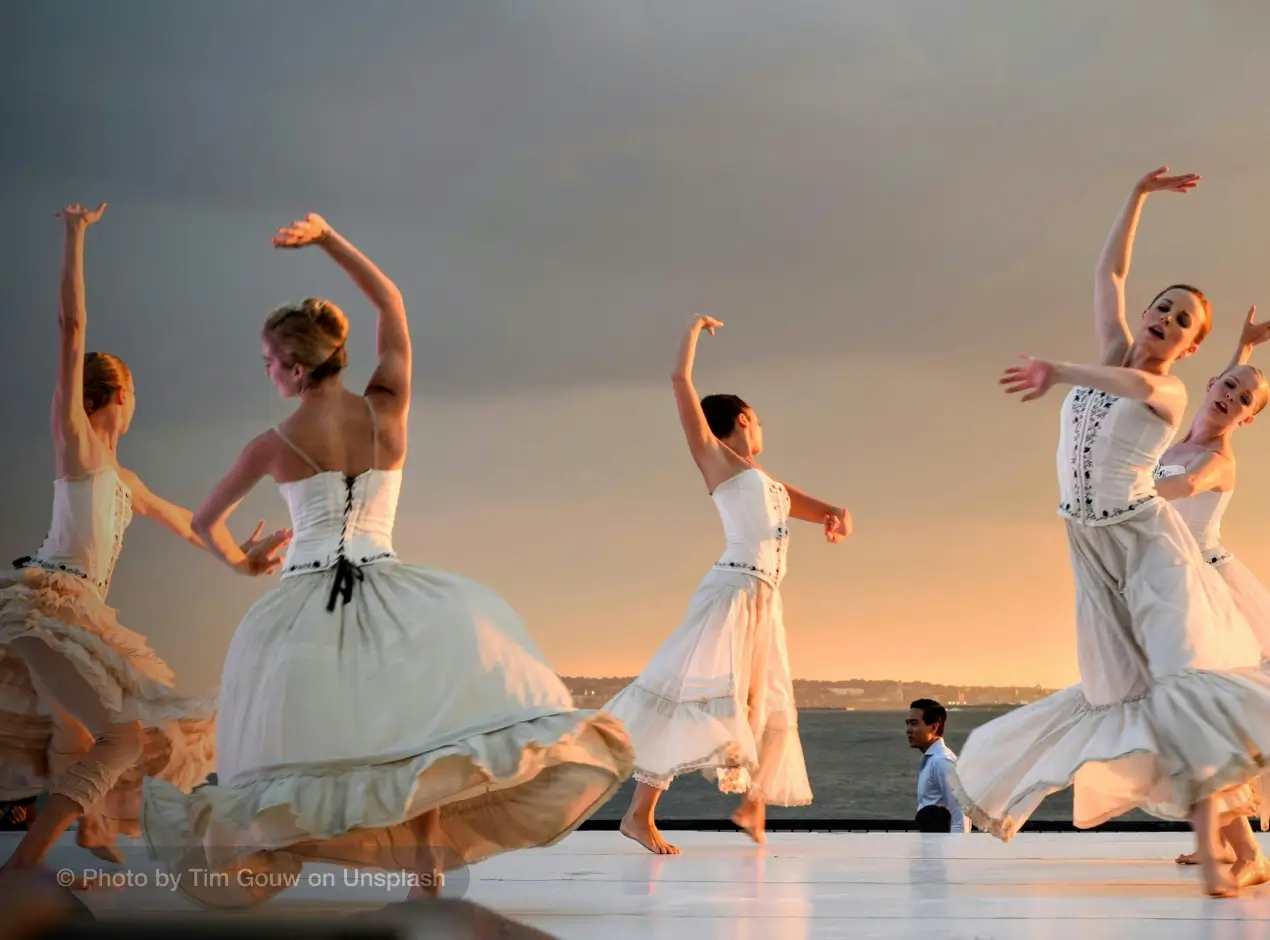
How to do swing dance? Just like Tango, you need ‘two to swing’ as well. Simply put - you need a partner to dance a swing.
The two most vital things in a partner dance - the frame and the connection. The frame refers to the posture and way dancers hold their upper bodies to maintain the connection with their partner. And connection - the dynamics where one dancer (lead) initiates movements and the other dancer (follow) responds. Good connection and communication are key to fluidity and improvisation.
Swing dance is typically performed in 6-count or 8-count patterns that align with the music's rhythm. Dancers emphasize syncopation, matching movements to the swing music's distinctive beats and accents. Nimble footwork, inside and outside turns and spins, and some signature jazz dance steps such as Aerials, Suzy Q, Boogie back, and more are some variations that add flair to the swing dance style.
Swing dance is highly improvisational, allowing dancers to interpret the music and create spontaneous moves and patterns. Respectful interaction with partners, clear communication, and a focus on fun and inclusivity are important aspects of swing dance culture.
One of the iconic swing dance moves including Frankie Manning’s most famous aerial - the "Over-the-Back" flip, where he would flip his partner over his back.
Legendary swing dance performer Norma Milled popularized a group routine that became famous as ‘The Big Apple’. It involves a circle of dancers performing synchronized solo jazz steps, breaking off into improvisational solos. This was featured in the movie - Keep Punching.
Yet another instance is Jean Veloz's graceful and fluid movements. Her "Hollywood Style Swing," became popular through films and performances. This style features smooth, flowing motions with less emphasis on the traditional bounce. Her signature moves include elegant turns, stylish footwork, and seamless step transitions.
2. Cakewalk
The Cakewalk is not strictly a form of jazz dance. However, it influenced the development of African American dance forms that later impacted jazz dance. It originated in the Southern United States during the antebellum period. Enslaved African Americans created it as a parody of the formal European ballroom dances. They exaggerated the movements humorously and mockingly.
The Cakewalk evolved from plantation performances into popular dance contests in the late 19th and early 20th centuries. Couples would compete for a prize, often a cake, which is how the dance got its name. These contests were typically accompanied by ragtime music. This linked the Cakewalk to the emerging jazz culture. The dance gained popularity in minstrel shows, vaudeville, and Broadway, performed by both black and white dancers.
Iconic moves of the Cakewalk include the "high kick" and the "strut." Dancers would lift their legs high, sometimes kicking their knees up to their chest. They would strut around the dance floor with exaggerated elegance and style. Another characteristic move is the "backward strut," where dancers move backward while maintaining their high-stepping style. These moves were physically demanding and served to covertly mock upper-class manners.
The high kicks and struts of the Cakewalk influenced later dance styles. For example, the Charleston incorporated similar energetic and showy movements. The Cakewalk's emphasis on performance and competition also laid the groundwork for the theatricality and expressiveness seen in jazz dance.
3. Charleston
The Charleston dance style is a form of jazz dance that originated in the early 1920s in the United States. The dance style takes its name from the city of Charleston, South Carolina. It became popular after appearing in the 1923 Broadway show "Runnin' Wild."
Graceful arm swings, and forward and backward kicks with one leg while pivoting on the other foot. The 'knee knock' step is where the dancers touch their knees together and then swing them apart. Another iconic move - the "scarecrow," where dancers bend their knees and elbows in a loose, floppy manner.
The Charleston influenced many other dance styles. It was a key part of the dance sequences of the 1939 American film The Roaring Twenties. The dance also paved the way for later forms of jazz dance like the Lindy Hop and swing dance.
4. Tap Dance
A slender physique balances on the two feet. The two feet adorned in shoes specially designed for tap dance - tapping, rolling, brushing, throwing the toes and the heels back, forth, and sideways to make a tapping sound. Tap dance is one of the most suave dance forms of Jazz dance. It's true that when you dance, you dance with your feet, but in tap dance your feet are the heroes. That’s how to do tap dance in a crux. Read more to learn more about it.
Tap dance emerged in the United States during the 19th century. It blends African American dance traditions with Irish and English clog dancing. It creates a dynamic and expressive dance style that emphasizes intricate footwork and percussive sounds.
One of the unique and intriguing trivia about this dance form is that the dance integrates music. The dancers use their feet as instruments to create complex rhythmic patterns. Playing this dual role, requires the dancer to have a deep understanding of rhythm and timing.
Some iconic tap dancers are Bill "Bojangles" Robinson, Gregory Hines, and Savion Glover. Their contribution has brought this dance form to new heights of popularity and technical prowess. Bill Robinson's famous "stair dance" is an apt example. His ability to navigate complex rhythms while performing on stairs is a commendable feat that inspires dancers from around the world.
Tap dance featured in Broadway shows, Hollywood films, and television performances. Classic films like "Singin' in the Rain" and "42nd Street" have immortalized tap dance routines, making them a cherished part of dance history.
5. Punk
Punking, later known as Waacking, has many influences. It draws inspiration from silent films, Hollywood movies, film stars like Greta Garbo and Fred Astaire, musicals, dramas, cartoons, photography books, and the personal lives of dancers. The dance is known for its expressive acting, sharp movements, dramatic poses, use of space, athleticism, intricate musical timing, and strong connection to the music.
Punking's name comes from the term "punk," which was a derogatory term for gay men. Michael Angelo Harris, a DJ at Ginos II, and other originators used the term as a form of empowerment. As the dance evolved, they started using the word "whack" to describe the strong, striking movements, inspired by the sound effects from the 1960s Batman TV series.
The dance began with posing, which involved freezing in a pose to the music. A group of men, including Andrew Frank, Arthur Goff, Tommy Mitchell, Faye Raye, and Kenny "China Doll," developed this into Punking and Whacking. Michael Angelo Harris was the innovative DJ who helped promote the style in various clubs around Los Angeles.
As Punking and Whacking gained popularity, they caught the attention of famous street dancers and choreographers. People like Fred Berry, Toni Basil, Adolfo "Shabba Doo" Quinones, Ana "Lollipop" Sanchez, Dallace Ziegler, and Bill Goodson helped spread the dance through TV shows, movies, and stage performances. To avoid the negative connotation of the word "punk," the dance became known as Whacking.
Adolfo "Shabba Doo" Quinones, a straight dancer, learned from the creators and added his own style, mixing locking, soul dance, salsa, and martial arts. His version of Whacking became very popular among straight men, expanding the dance's audience.
The original style of Punking faded from public view due to the deaths of several of its originators. However, Viktor Manoel, the only known remaining originator, continues to teach and practice the style, keeping its legacy alive.
Concluding...
Jazz dance has had a profound impact on American culture and the world of dance. Its techniques and styles are taught in dance schools worldwide, and its influence can be seen in various media, from movies and musicals to TV shows and music videos. Jazz dance continues to inspire new generations of dancers and choreographers, ensuring its legacy endures.
In summary, jazz dance is a vibrant, expressive, and ever-evolving art form that captures the spirit of creativity and cultural fusion. Its rich history and dynamic nature make it a captivating and enduring part of the dance world.


